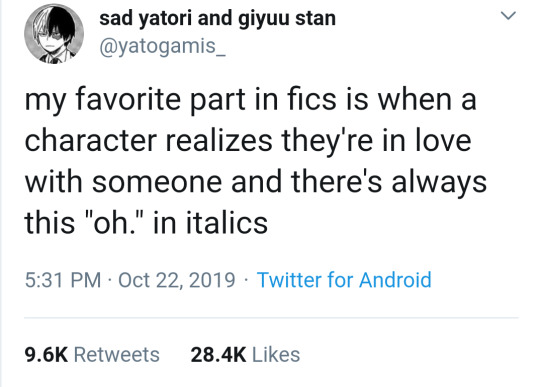Text
Writing with multiple POVs
Alright guys, it’s time I got in here with my own personal opinions and takes on writing, and first up: multiple POVs
I’ve seen a lot of posts discussing POVs and honestly, it kind of surprised me how so many of them have said that one POV is enough, two or three if you really must for plot purpose, but more than that is too many.
Bullshit
Of course, like all things in writing, multiple POVs can be majorly fucked up, or be an amazing asset to a story. So…. As someone who specializes in writing stories with a lot of POVs, here are my personal tips for making it work
1. Know your characters
First and foremost, know your characters before you begin writing. Know them inside and out. Know their darkest fear, their worst flaw, their motivations, their favorite food, if they’d rob a bank on a dare, everything. This is pretty standard for all writing, but especially in multiple POVs.
Here’s why:
If you write single POVs (or even just two or three), you might be able to get away with beginning your story without having your character 100% fleshed out. But if you do this in multiple POV writing, all your characters will sound and act exactly the same by the end of it.
You probably won’t even notice it’s happening at first, until you reach a pivotal scene (especially one dealing with characters’ emotional responses) and you find that they all respond the same way. This happened to me when I first began writing, but it can be easily avoided if you just make sure you know your characters better than you know yourself before you begin writing.
2. Character Diversity
This goes hand in hand with knowing your characters. I don’t want to read a POV and then supposedly go to a completely different one, but the second character has the same exact motivations, personality, and thought processes as the first character. If one character is a brash, outspoken, spunky servant girl, make a timid, thoughtful princess who just wants out of the spotlight, and then her best friend, the stable boy who’s a secret magic user and uses his abilities for practical jokes and just enjoys his life, etc. Make them different! It’s incredibly boring to read the exact same thing, over and over again.
Of course, all your characters will probably have at least some similarities I mean, if not, why would they even be together? This is okay, and even good for interactions between them, just make sure that their similarities are in balance with their differences and that one doesn’t overshadow the other.
3. Who is narrating what and when?
From the beginning, know who is going to narrate what and when. Because remember, even if your characters are always together, they’re all going to narrate the same scene in a different way. So… before you begin a scene, think about which character is going to put the best spin on it and be the most logical to narrate it. Examples: If you are going to write an intense battle scene, you will most likely want a character narrating from the thick of battle, and one who knows battle well. You don’t want the princess who is sitting in the palace, simply waiting on news from the battlefield to narrate the entire window of time that the battle is taking place in. Not to say she can’t narrate at all during the battle, just not all of it.
Also, you will want to know exactly how much of your WIP your characters are each narrating. Personally, I divide it up evenly. For my Legends series, each of the books is thirty-two chapters, and each of my eight narrators narrates four chapters. But this doesn’t have to be the case. You may have one character who narrates half the novel, while the other five characters only narrate a fifth. This, of course, is fine. Just make sure you have carefully planned out when everyone is going to narrate before you begin.
4. Balancing narrating MCs with MCs that don’t have a narrating role
This one can be kind of difficult. If you have multiple POVs, it may start to feel like the only way a character can be a main character is if they narrate as well. They feel overshadowed by narrating characters.
Honestly, the only way to avoid this is to make sure they get a ton of page time. Put them in every scene that is pivotal to the plot and make sure they have a strong relationship with at least one of the narrators. If you do this, there’s really no way they could be overshadowed. And if it just feels awkward putting them in that many scenes or building relationships between them and the narrators, then they’re probably not meant to be a main character anyways.
5. Read books with multiple POVs
Yeah, yeah, most stereotypical writing advice ever. But really, this is extremely helpful. You can experience many different dynamics between characters and see various different techniques with multiple POVs. Not only that, but it’s proof that you can make it work if you do things right and that multiple POVs aren’t automatically a writing taboo.
Some examples (unfortunately, I almost exclusively read/write fantasy and sci/fi so that’s pretty much all I have to offer):
Six of Crows duology (Leigh Bardugo), Game of Thrones (George R. R. Martin), The Lunar Chronicles (Marrissa Meyer), Heroes of Olympus series (Rick Riordan), Strange the Dreamer (Laini Taylor), Throne of Glass series (Sarah J. Maas)
6. Alright, really, though. How many POVs is too many POVs?
I mean, it has to be brought up, because logically and realistically, there is a point where there are too many POVs. For me, personally, the limit is ten (especially if the characters all narrate equally, not if there’s a random side character that narrates one scene for plot purposes). The most narrators I have for one series is nine, my average is six, and my lowest is three. Of course, if you want to go above ten, by all means go for it. Just remember, it’s going to be difficult for you to keep track of everything. Not only that, but you may begin to shrink the audience interested in your books, because it can be difficult for a reader to keep up with that many POVs and complexity. It will become very niche (not that this is a bad thing, but if your goal is to have a large audience, I’m just saying that’s probably not the best idea you could have). So yes, in general, I would limit yourself to ten POVs.
Of course, like all writing advice, this is completely optional and if it doesn’t sound right to you, ignore it and do whatever the fuck you want. But I feel these are some fairly general guidelines for writing with multiple POVs.
3K notes
·
View notes
Text
‘redemption arc’ this and ‘redemption arc’ that
wheres an arc where the hero gets morally corrupted by a villain and switches sides and becomes an even bigger threat as a result
where is my bastardization arc
220K notes
·
View notes
Photo



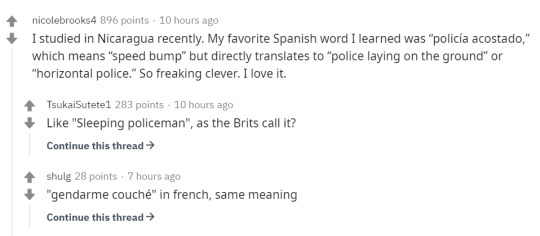


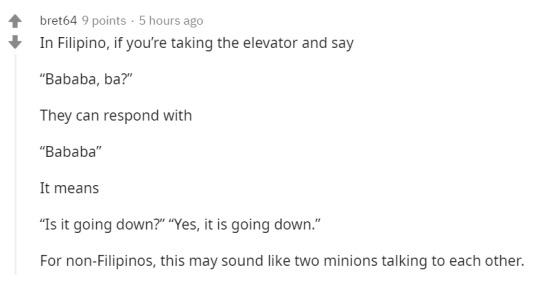



Not bad for a bunch of random noises we make with our mouths. Well done, everyone.
40K notes
·
View notes
Text
A theory that I sort of dabble in is that of 'dimensional intuition.' That is to say, some readers are on the same playing field, some are on an entirely different one. Do I know why? No. Do I know if either party is more accurate? No. But do I, and maybe others of you also, notice that different subgroups of practitioners cotton onto different feelings? Yep, and that's why I wonder if we all connect to vastly different truths or 'timelines.' This existential crisis was brought to you by how twitter tarot readers seem to be speaking the same language of messages and 'channellings' than other groups of readers I've encountered.
12 notes
·
View notes
Video
undefined
tumblr
kurama_moments.mp4 aka further evidence that capricorn is the funniest sign
2K notes
·
View notes
Photo

Kurama from Yu Yu Hakusho WIP. I initially knew him as “Dennis” from the Tagalog dub version of the show which was called “Ghost Fighter”. lol
412 notes
·
View notes
Video
undefined
tumblr
kurama_moments.mp4 aka further evidence that capricorn is the funniest sign
2K notes
·
View notes
Photo
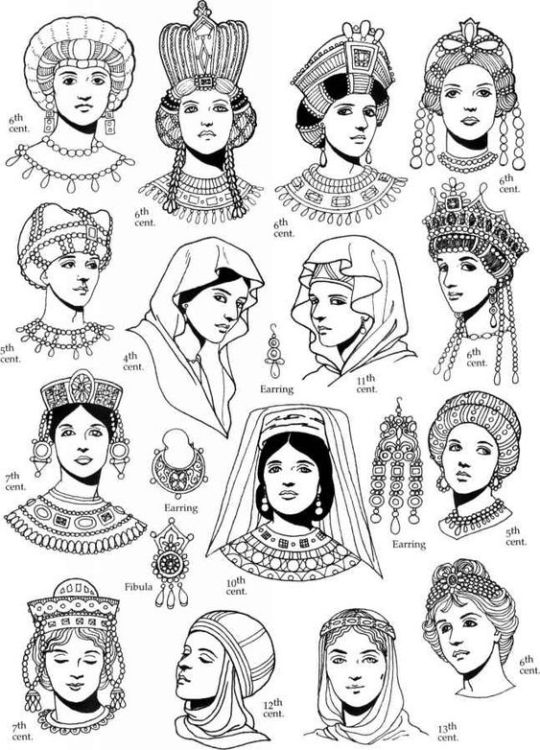
Byzantine headdresses by Tom Tierney
9K notes
·
View notes
Photo


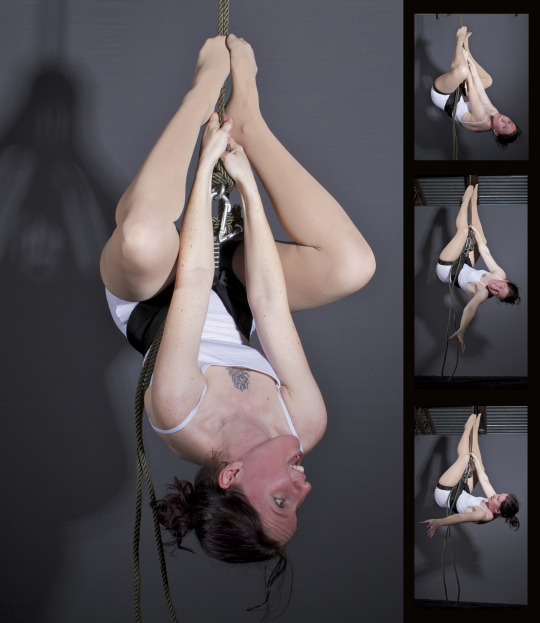

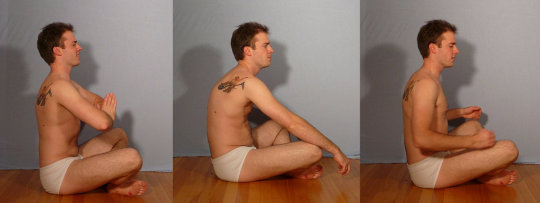
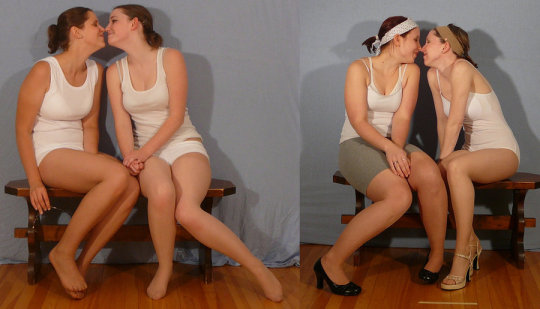
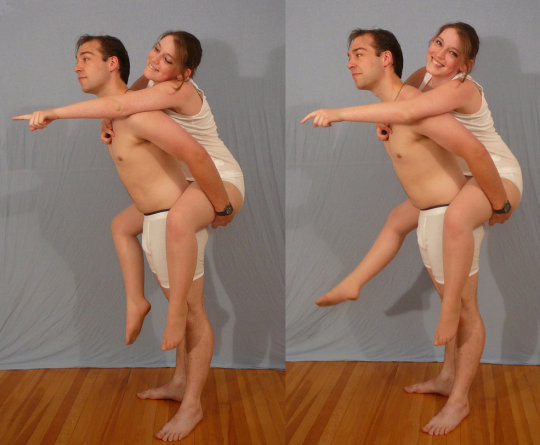
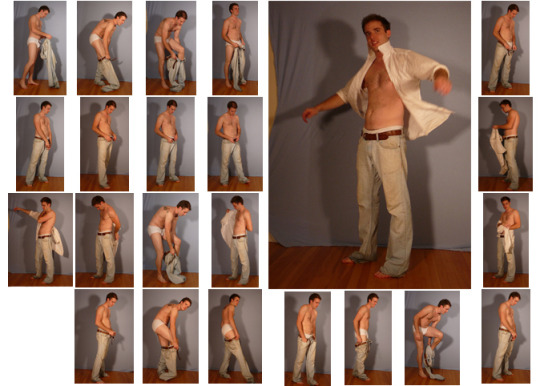
SenshiStock’s gallery consists of millions of pictures that are free to use as reference.
General Drawing Poses
Sit and Kneel
Dramatic and Reaching Drawing Poses
Magic and Hogwarts Drawing Poses
Staff Weapon Pose Reference
Hammer, Axe and Bat Pose Reference
Sword Weapon Drawing Reference
Small Bladed Weapon Pose Reference
Gun Weapon Pose Reference
Bow and Arrow Archery Stock
Foreshortening and Perspective Poses
Dynamic Flying Falling Action Poses
Deafeated or Laying Drawing Poses
Magic Crystal
Magical Girl Wand Weapon
Transformations and Dance
Cards
Back Pose Reference
Pin Up Inspired Poses for Drawing
Performances Poses
Life in General Poses
Fights and Fighting Pose Reference
Leaning Poses
Classic Sailor Senshi Poses
Wings
Sailor Moon Villains
Pairs
Romance or Couples Pose Reference
All the Male Stock
Hanging Stock Drawing Reference
Three or More Groups
Instruments
Mirrors
Whip
Technobabble
439K notes
·
View notes
Text
My greatest ambition is to write someone’s favorite story
38K notes
·
View notes
Text
This weekend I was told a story which, although I’m kind of ashamed to admit it, because holy shit is it ever obvious, is kind of blowing my mind.
A friend of a friend won a free consultation with Clinton Kelly of What Not To Wear, and she was very excited, because she has a plus-size body, and wanted some tips on how to make the most of her wardrobe in a fashion culture which deliberately puts her body at a disadvantage.
Her first question for him was this: how do celebrities make a plain white t-shirt and a pair of weekend jeans look chic? She always assumed it was because so many celebrities have, by nature or by design, very slender frames, and because they can afford very expensive clothing. But when she watched What Not To Wear, she noticed that women of all sizes ended up in cute clothes that really fit their bodies and looked great. She had tried to apply some guidelines from the show into her own wardrobe, but with only mixed success. So - what gives?
His answer was that everything you will ever see on a celebrity’s body, including their outfits when they’re out and about and they just get caught by a paparazzo, has been tailored, and the same goes for everything on What Not To Wear. Jeans, blazers, dresses - everything right down to plain t-shirts and camisoles. He pointed out that historically, up until the last few generations, the vast majority of people either made their own clothing or had their clothing made by tailors and seamstresses. You had your clothing made to accommodate the measurements of your individual body, and then you moved the fuck on. Nothing on the show or in People magazine is off the rack and unaltered. He said that what they do is ignore the actual size numbers on the tags, find something that fits an individual’s widest place, and then have it completely altered to fit. That’s how celebrities have jeans that magically fit them all over, and the rest of us chumps can’t ever find a pair that doesn’t gape here or ride up or slouch down or have about four yards of extra fabric here and there.
I knew that having dresses and blazers altered was probably something they were doing, but to me, having alterations done generally means having my jeans hemmed and then simply living with the fact that I will always be adjusting my clothing while I’m wearing it because I have curves from here to ya-ya, some things don’t fit right, and the world is just unfair that way. I didn’t think that having everything tailored was something that people did.
It’s so obvious, I can’t believe I didn’t know this. But no one ever told me. I was told about bikini season and dieting and targeting your “problem areas” and avoiding horizontal stripes. No one told me that Jennifer Aniston is out there wearing a bigger size of Ralph Lauren t-shirt and having it altered to fit her.
I sat there after I was told this story, and I really thought about how hard I have worked not to care about the number or the letter on the tag of my clothes, how hard I have tried to just love my body the way it is, and where I’ve succeeded and failed. I thought about all the times I’ve stood in a fitting room and stared up at the lights and bit my lip so hard it bled, just to keep myself from crying about how nothing fits the way it’s supposed to. No one told me that it wasn’t supposed to. I guess I just didn’t know. I was too busy thinking that I was the one that didn’t fit.
I thought about that, and about all the other girls and women out there whose proportions are “wrong,” who can’t find a good pair of work trousers, who can’t fill a sweater, who feel excluded and freakish and sad and frustrated because they have to go up a size, when really the size doesn’t mean anything and it never, ever did, and this is just another bullshit thing thrown in your path to make you feel shitty about yourself.
I thought about all of that, and then I thought that in elementary school, there should be a class for girls where they sit you down and tell you this stuff before you waste years of your life feeling like someone put you together wrong.
So, I have to take that and sit with it for a while. But in the meantime, I thought perhaps I should post this, because maybe my friend, her friend, and I are the only clueless people who did not realise this, but maybe we’re not. Maybe some of you have tried to embrace the arbitrary size you are, but still couldn’t find a cute pair of jeans, and didn’t know why.
343K notes
·
View notes
Photo

Mother of pearl brisé fan, fourth quarter of the 19th century. Courtesy of the Met.
16K notes
·
View notes
Photo

“Valentines Day” Kiss Drawing Prompt, free for anyone to use.
52K notes
·
View notes



